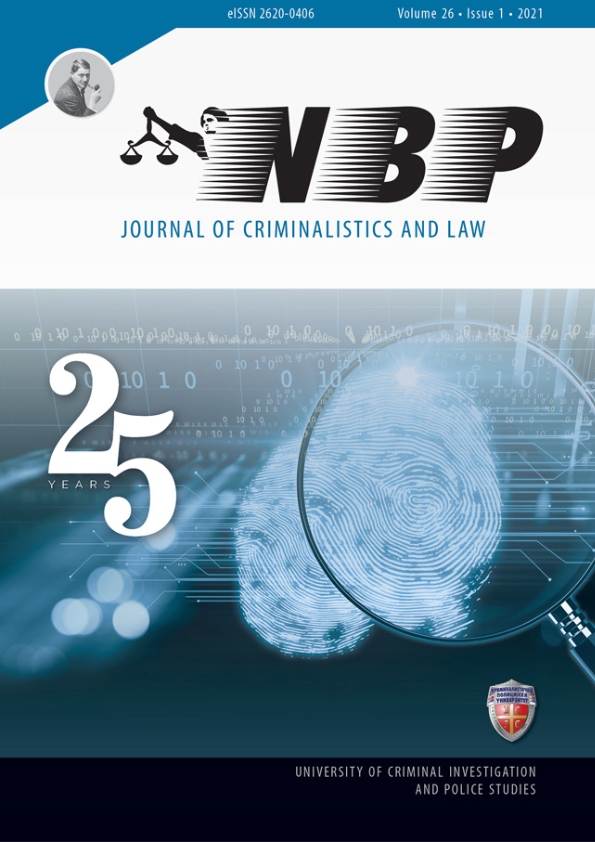Effect оf Grip Size and Grip Strength оn Pistol Marksmanship in Police Officers
Effect оf Grip Size and Grip Strength оn Pistol Marksmanship in Police Officers
A Pilot Study
Author(s): Robin M. Orr, Anthony Rofe, Ben Hinton, J. Jay Dawes, Gianpiero Greco, Robert G. LockieSubject(s): Sports Studies
Published by: Kriminalističko-policijski univerzitet
Keywords: law enforcement; shooting; pistol accuracy; firearm
Summary/Abstract: Police officers may be required to use their firearms in self-defence. The purpose of this study was to evaluate the relationships between hand grip size and strength with pistol shooting accuracy in police officers. Twelve (age = 38.08 ± 6.24 years; height = 174.42 ± 7.33 cm) police officers had their hand sizes (palm width and hand span) and hand grip strength measured. Handgrip dynamometer was set at a Glock 17 pistol's grip width (50 mm). The officers fired 10 rounds from their service pistols at a stationary target. Independent samples t-tests were performed to identify differences between the sexes. Correlations were used to investigate relationships between measures of hand size, strength, and marksmanship. Alpha levels were set at p < 0.05. Male officers were significantly stronger (p = 0.01) and had a bigger hand width (p = 0.03), but not hand span. There were no significant differences in marksmanship between the sexes. Neither hand size nor grip strength had a significant impact on marksmanship even though there were strong and significant relationships between hand size (span and MCP) and grip strength. A V-shaped curve appears to exist between grip strength and marksmanship and hand span and marksmanship, with a potential influencing factor being the standard sizing of the pistol grip.
Journal: NBP – Nauka, bezbednost, policija
- Issue Year: 26/2021
- Issue No: 1
- Page Range: 61-72
- Page Count: 12
- Language: English

